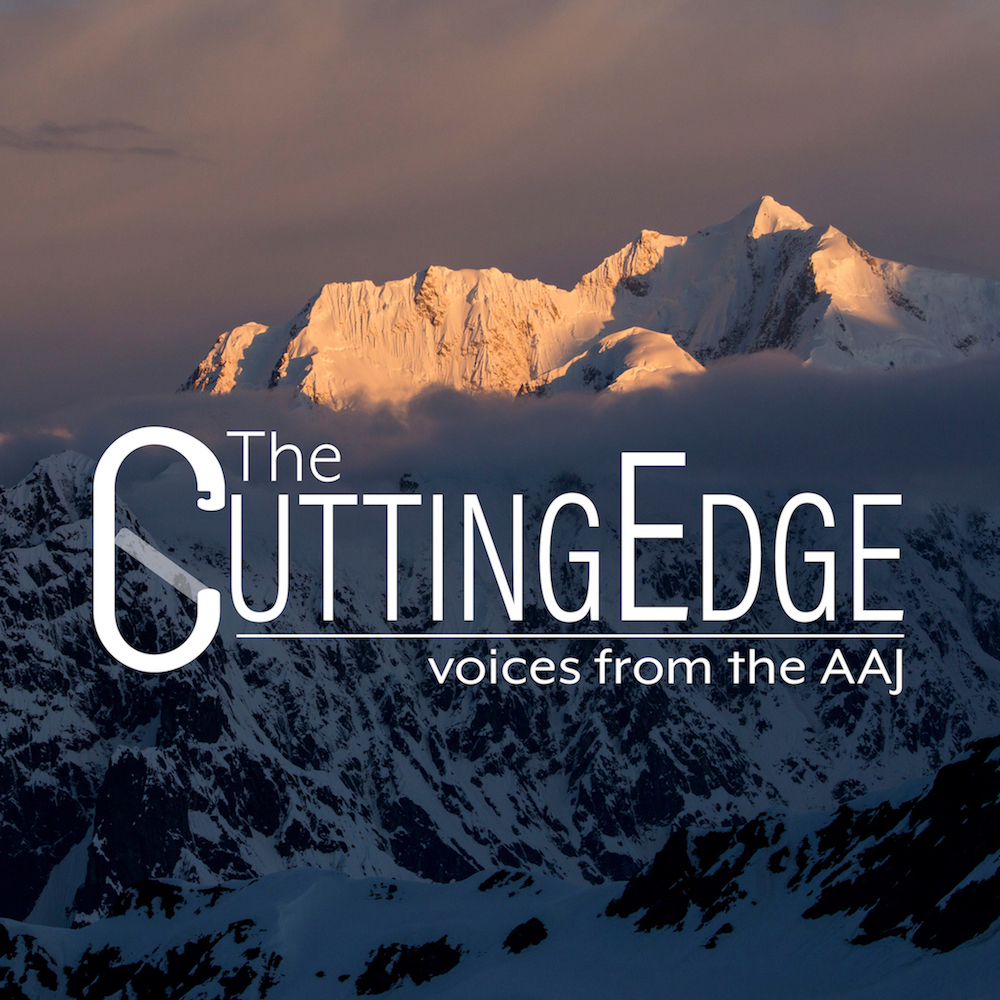North America, United States, Colorado, Extreme Skiing, Longs Peak and Others
Extreme Skiing, Longs Peak and Others. In May Jimmy Katz and I made the first ski descent of Longs east face. We skied from the Notch, a couple of hundred feet below the summit. After 300 feet of skiing, we entered a narrow section that required one rappel. (Skis were left on.) I descended on alpine skis continuously from the Notch to the base of the east face, and Jimmy skied on nordic equipment and removed his skis to cross Broadway. We belayed after the rappel and across Broadway. (Below Broadway is an 800-foot cliff.) The sections just below the Notch and in the upper couloir were measured to be 50°; Broadway is steeper but is mostly a traverse. This descent follows a devious and dangerous line that has little going for it beyond its spectacular location. Only the north face has been skied from Longs actual summit. In 1983 I made the first recorded descent on skis. In 1984, Jimmy Katz and I made what we feel was the first nordic descent of the face. The Y-Couloirs are prominent snow runnels on Mount Ypsilon’s massive southeast face. The right couloir is prominently visible from Estes Park and Trail Ridge Road and has been skied, though little is known about the descent. The mid-section requires a couple of rappels through poor rock. Jimmy Katz and I made the first ski descent of the Left Y-Couloir; I consider it to be the finest steep peak descents in Rocky Mountain National Park. Though only 2000 feet long, uniformly steep skiing in a couloir cut into a spectacular mountain face makes this a real classic. The upper slope is 48°, the mid-section is in a narrow couloir that has one very short steep part bulging to 56° (we used a rope to safeguard sideslipping this 30-foot section), and the lower section is a cone of avalanche debris that is about 40°. The descent would be best done early enough in the spring that wet snow avalanche runnels have not had time to develop (probably early May—we had to negotiate six-foot runnels in late May).
Other unreported probably first ski descents that I have made in Rocky Mountain National Park include the Taylor Glacier (the back of the cirque behind Sky Pond) and the narrow, S-shaped couloir northwest of Sharkstooth (clearly visible when looking at the Sharkstooth from the Andrew’s Glacier valley). Taylor yields a superb descent with a headwall in excess of 50°. When there is sufficient snow in the early summer, it has a safe runnout. When snow has melted to reveal the cliff bank crossing the glacier, it is dangerous. In 1980 Harry Kent and I skied it under relatively safe conditions. In July 1981, Craig Sabina, Peter Johnson and I made the second descent under distinctly less safe conditions, including a narrow icy runnel beneath the main headwall. Craig Sabina and I skied the narrow couloir northwest of Sharkstooth in June of 1981.
John Harlin

